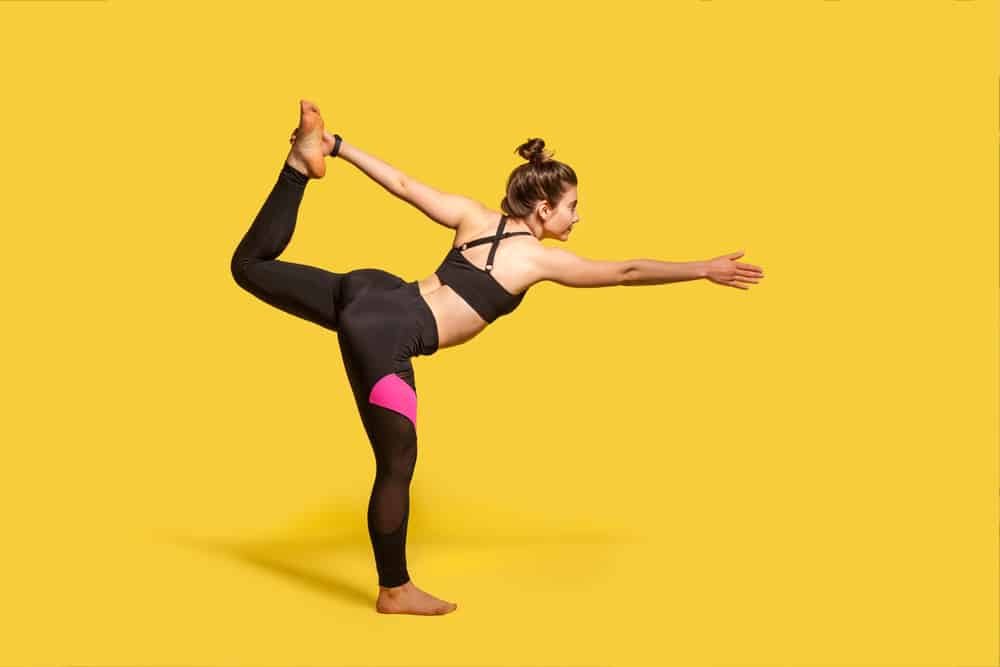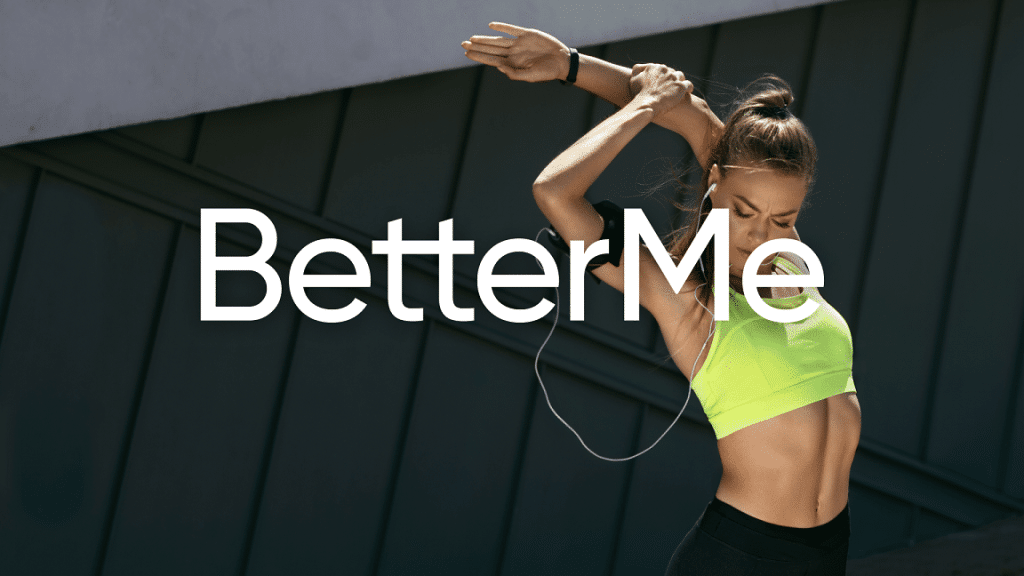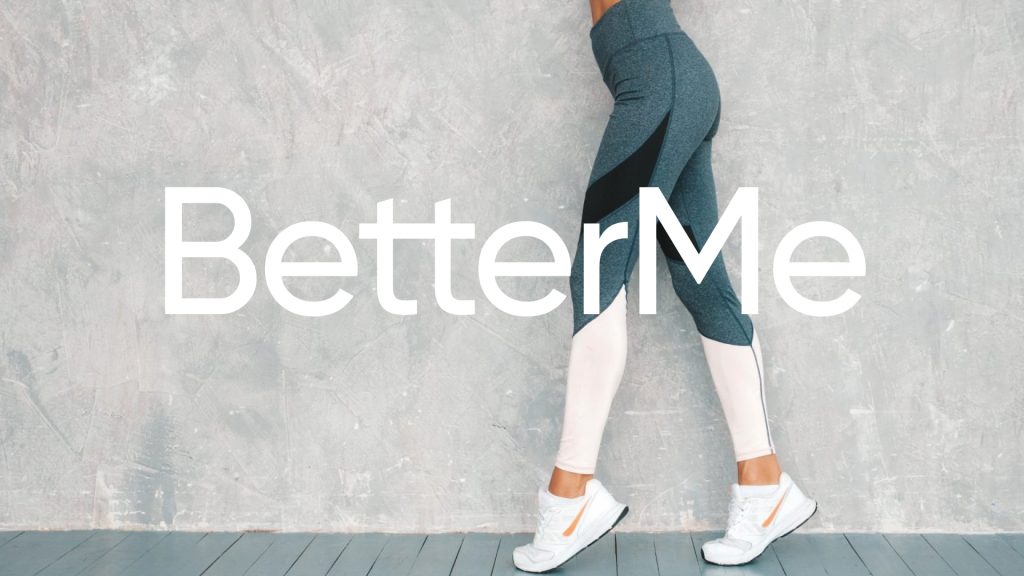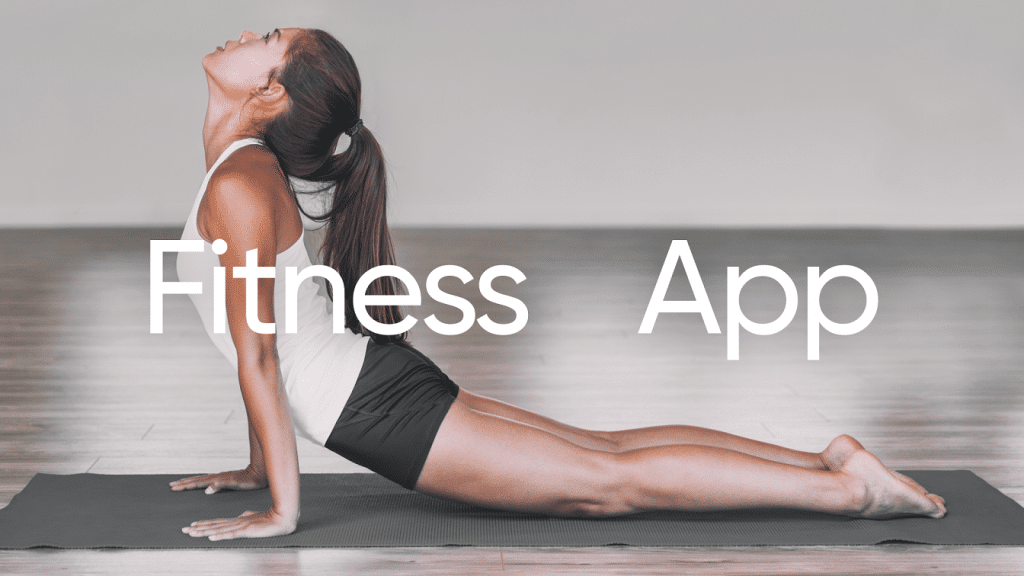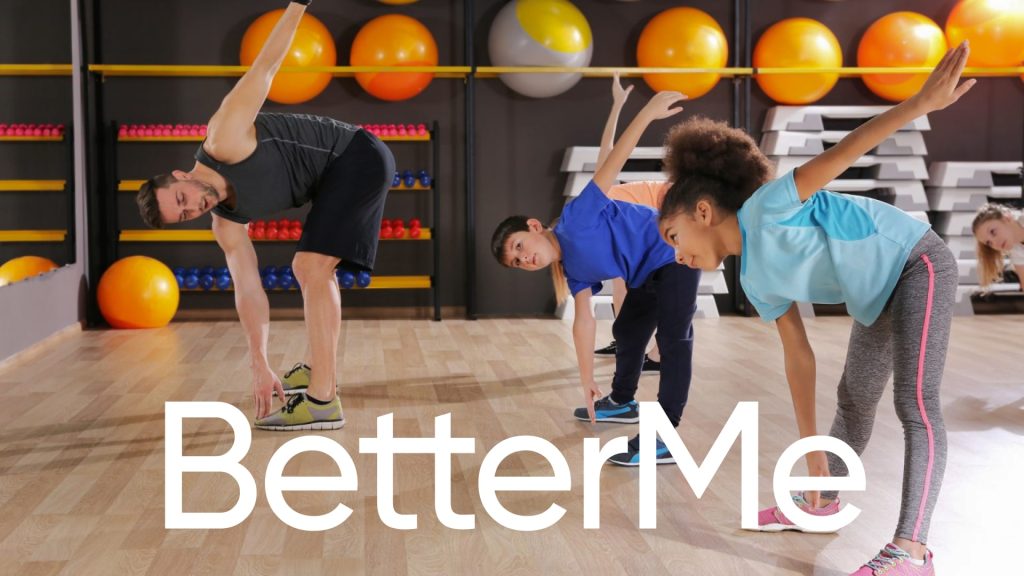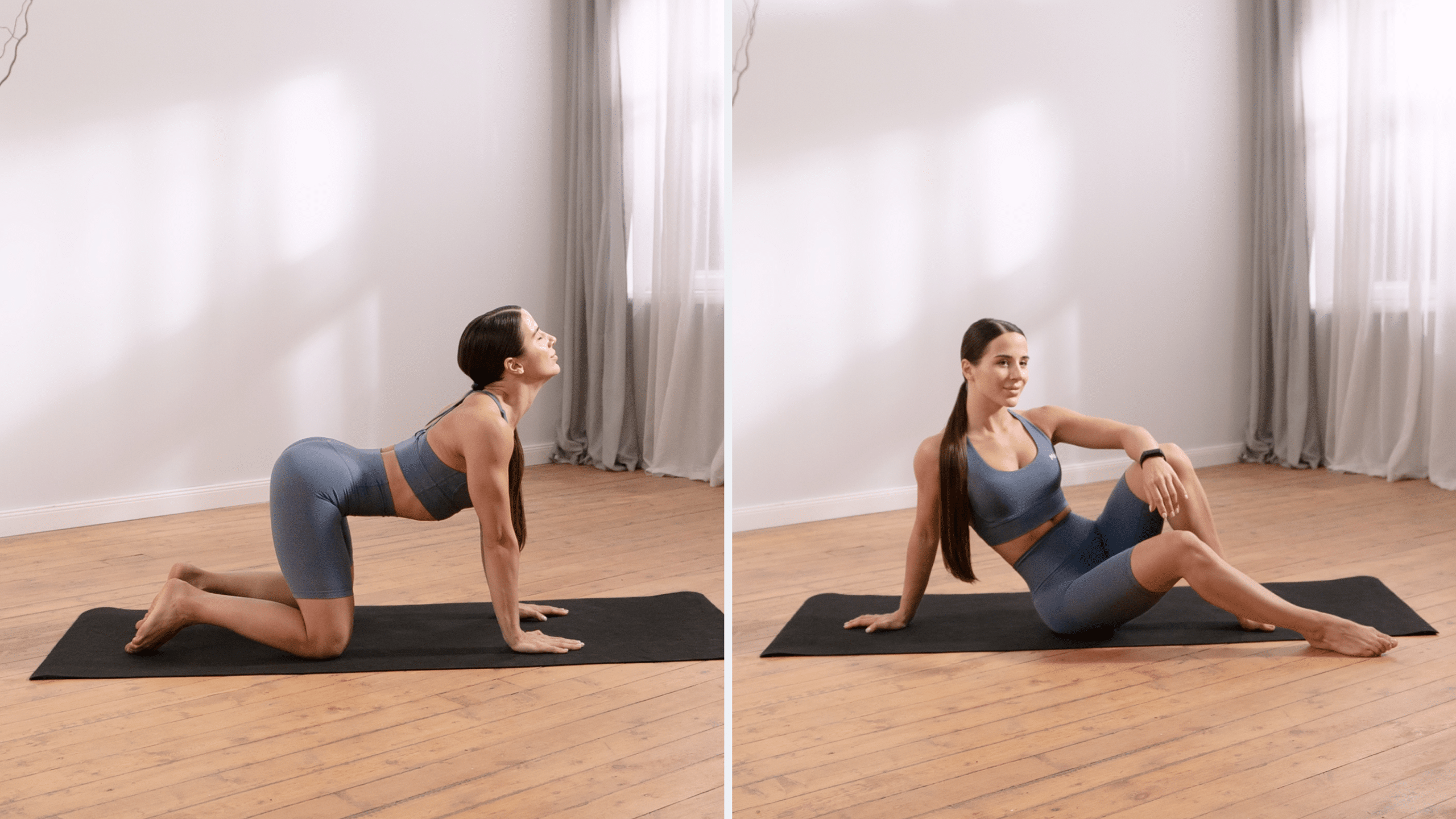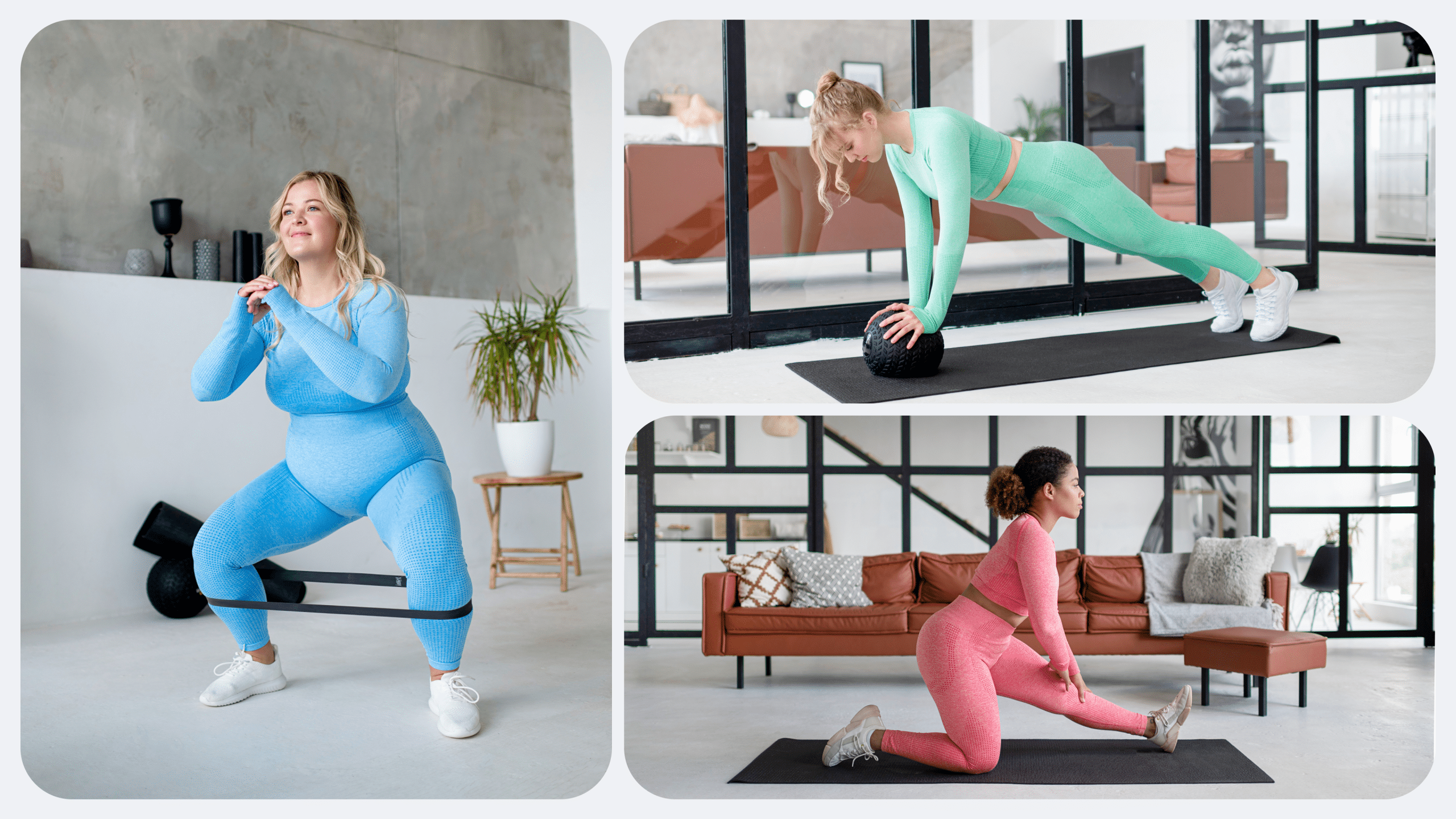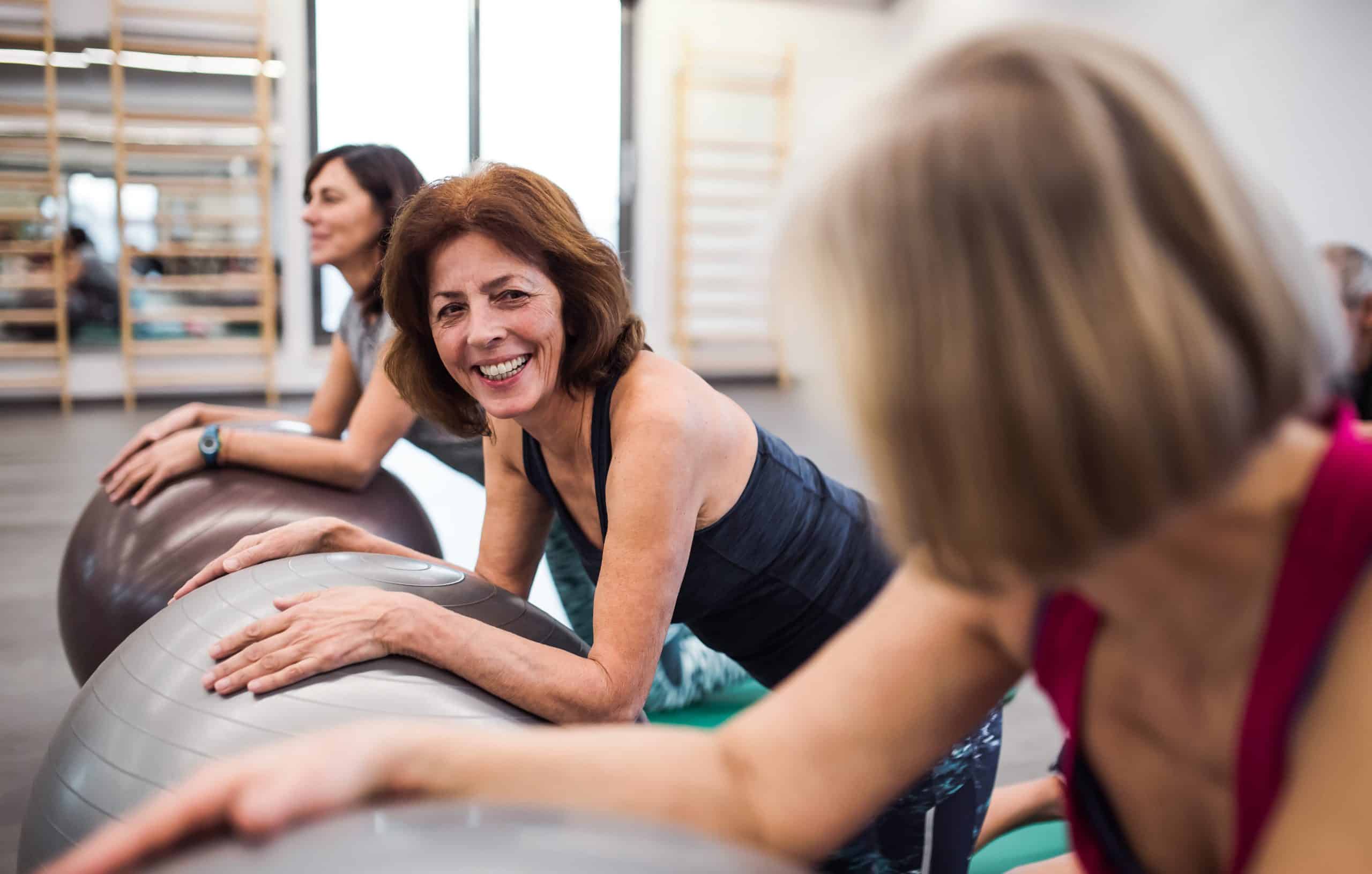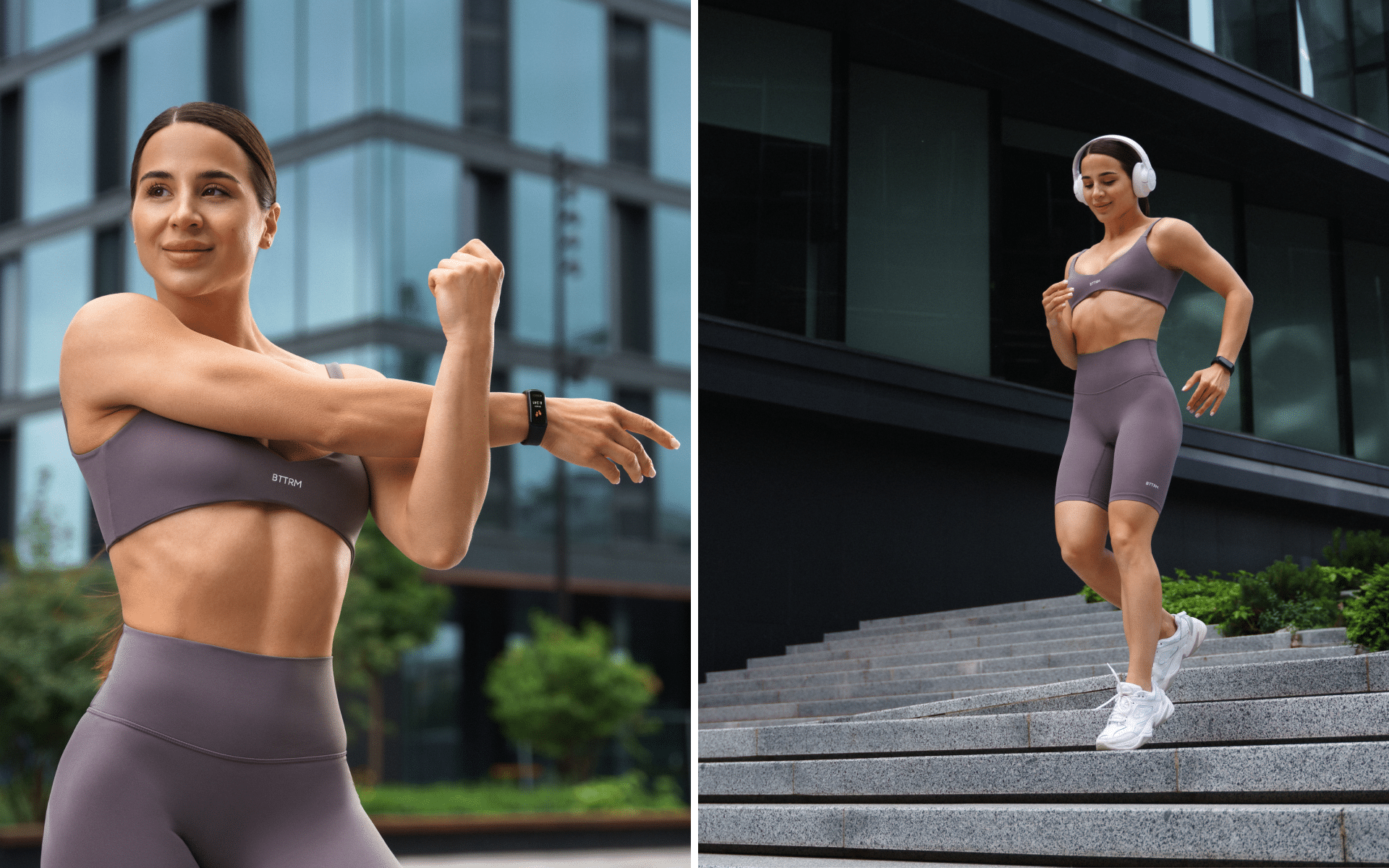Stretch Routines
Have you ever heard about stretch routines for dancers? If you’re a dancer, you need specific stretching routines that are different from non-dancers. This is based on the findings of a study comparing the stretching routines of dancers and non-dancers (3). You’ll gain the greatest benefit in an increased range of motion, relaxation, and healing after dance sessions. If you dance part-time, you probably have to go to the office, work as a computer technician, take care of kids, run a business, or any other job. A good stretch will help you get back to those activities without feeling the strain of your energetic salsa dance competition. Here’s how stretching will help.
Does Stretching Help Dancers?
Having a basic understanding of how stretching helps dancers will make you less likely to overlook these important exercises.
Stretching Heals Your Muscles
Stretching helps increase blood flow to your muscles (12). This helps repair and heal damaged muscles by providing essential nutrients and oxygen through the blood.
It helps both young and old dancers, but it’s particularly useful if you’re older and your muscles take longer to recover from intense physical activities.
Stretching Provides Relaxation
If you accompany your stretching exercises with deep breathing, you’ll stimulate the vagus nerve in your body. This will help slow your heart rate by activating your parasympathetic nervous system and countering your body’s stress responses (7).
Such a biological process will help you relieve stress, especially if you participate in dance as a leisure activity. You certainly don’t want to go back to your high-pressure CEO job feeling more stressed than when you left.
Read More: Types Of Stretches To Loosen Up Your Body From Head To Toe
Stretching Increases Your Range of Motion
Flexibility is vital for nearly all dancers. Fortunately, stretching further enhances the range of motion of your joints, which is a key aspect of flexibility (5).
This benefit is particularly useful if you participate in disability dance due to certain forms of physical disabilities that affect your flexibility.
Even if the disability you have doesn’t affect your flexibility directly, stretching will further enhance your abilities. For instance, stretching exercises can enhance upper body movements for someone confined in a wheelchair.
Stretch Routines for Dancers
Now that you know the benefits, which stretching routine should you adopt?
Here are three main categories of stretching methods that can help dancers (10).
Static Stretching
Static stretching is what many people have in mind when they mention stretching.
It’s simply putting your limbs in certain positions that stretch out the targeted muscles. You take it to a point when you feel tightness in your muscles and hold the position. This elongates the mechanical structures of your muscles and increases your range of motion (ROM).
In this category, you can find excellent stretching exercises for flexibility.
One of these stretches for flexibility enhancement is the ‘Kneeling Stretch’ (11). Here’s how you do it:
- Start in a kneeling position, bring up your right leg in front of you to a 90-degree angle.
- Then, lean forward while keeping your back straight and your hands on the right leg.
- Finally, hold this position for about 30 seconds. Then alternate positions.
Just like normal workouts, you can achieve more from these stretches by exercising as a couple or with friends. Supervise each other during the exercises to ensure that you’re doing it in a proper form.
BetterMe app will kick you out of the mental funk, shake off your extra weight, rid you of your energy-zapping habits, and help you sculpt the body of your dreams. Intrigued? Hurry up and change your life for the better!
Active Stretching
Active stretching is quite useful since it replicates most dance movements.
It’s basically about contracting and stretching a pair of opposing muscles: you contract one muscle so the opposing muscle can stretch. The longer you hold this stretch, the more you benefit from an increased ROM (6).
Here’s an active stretch you can try for your quadriceps:
- While standing with your feet hip-width apart, bend your left knee.
- Without using your hands, push your left heel towards your butt.
- If you have trouble balancing on one leg, hold on to a chair or the wall.
- Hold this position for 30 seconds before alternating your legs.
As you perform these stretches, remember to compliment them with nutrition that further enhances your flexibility. For instance, vitamin C found in citrus fruits will help maintain healthy joints.
Other foods to consider include oily fish, chicken, beans, dairy, avocados, and watermelon. Also, drink enough water.
Dynamic Stretching
Dynamic stretching is often used in yoga practice.
You never hold your limbs in any specific position for long. Instead, you take the limb from full contraction to full extension, through the complete range of motion. Do this in a controlled motion, with either a slow or moderate speed.
The carioca drill is such a dynamic stretching exercise (4) and here’s how you do it:
- Start by standing in an athletic position before crossing your left foot behind your right foot.
- Then, plant your left foot on the ground before moving your right foot sideways.
- This brings you back to the athletic standing posture, but a step beside the original place where you initially stood.
- Now, cross your left foot in front of your right foot.
- Plant your left foot on the ground and move your right foot sideways to get back to the starting position where you stood.
- Now, alternate your feet.
Such dynamic stretching is not only useful for dance moves, but also to various sports. The carioca drill, in particular, is useful to soccer players in building their dribbling skills.
Dancing itself may help you become a better athlete if you’re engaged in both physical activities. The coordination required in dancing can translate to better agility in sports such as basketball, football, volleyball, hockey, gymnastics, and rugby.
Stretch Routines For Dancers (Leg Stretches: Hamstring, Calf, And Feet)
Many stretching routines for dancers have a strong focus on the legs. That’s because dancing often involves frequent leg movements. Even when your legs are not moving, they are still maintaining the stability of your entire body.
Here is a selection of some of the best stretches for different leg muscles.
Best Stretch For Your Hamstrings
One of the best stretches for your hamstrings is the ‘Assisted Hamstring Stretch’ (1).
Here’s how you do it:
- Start by lying on your back, your legs close together, and your body fully extended.
- Then, take an elastic band or towel and loop it around the ball of your right foot.
- While keeping your knee straight, pull the band toward your torso, and raise your right leg.
- When you feel your hamstring stretch, hold it for 30 seconds.
- Finally, slowly lower your right leg back down and change to the left leg.
Understandably, such stretching exercises may seem less exciting compared to an adrenalin-filled rumba session. So, to liven things up a bit, you can put on some soft music in the background that can help you enjoy your stretching session.
While listening to songs such as “Girl on Fire” – Alicia Keys, “Roar” — Katy Perry, “All Eyes on You” — St. Lucia or “Dissolve Me” — alt-J, you’ll hardly notice the clock moving.
Lean and toned up body isn’t just a far-fetched fantasy. Check out the BetterMe app and watch it propel your weight loss journey into high gear!
Best Stretch For Calf Muscles
You’ve probably felt your calf muscles aching after an energetic bout of dancing. So, a good stretch will help ease the pain.
Try out this stretch (8):
- Stand while facing a wall and place your palms against it.
- Then, keep your left leg extended behind you, with the heel planted firmly.
- Your right leg should be in front and slightly bent.
- While keeping the left foot firmly planted, lean forward.
- When you feel your calf stretching, hold for 30 seconds.
- Now, switch your legs and repeat the process.
The simplicity of these stretching exercises makes it possible to perform even if you are at your workplace.
If you had to rush back to work after your part-time dance gig, you can still stretch your aching muscles while working.
Stretch And Strengthen Your Feet
For your feet, you shouldn’t just focus on stretching but strengthening them as well.
All the weight of your body rests on your feet, so they need strength more than flexibility.
Here is a good exercise to strengthen your feet (8):
- Begin by placing a towel on the floor and standing next to it.
- Then, grab the towel with the toes of your right foot and pull it towards your body.
- Finally, change to the left foot.
And here’s a good exercise to stretch your feet:
- Sit with your legs close together and fully extend it in front of you.
- Then, stretch out your arms and grasp your toes.
- Now, pull your toes and hold when you feel a stretch in the arch of your feet.
Apart from helping dancers, these types of feet exercises can be useful to people working in jobs where they stand most of the day like sales floor stock clerks, food prep personnel, waiters, cooks, and fast-food workers.
Stretch Routines For Dancers (Back Stretches)
Your back is critical in ensuring stability during most dance routines.
Without a strong back, you may not easily coordinate your movements. If your back isn’t flexible enough, you’ll have problems adjusting your movements comfortably.
Therefore, you need the best stretches for the upper back and lower back flexibility.
One particularly effective stretch is the cat stretch, flexion, and extension stretch for your back (2) and here’s how you do it:
- Start in a bent-over position with both knees and hands on the floor.
- Now, arch your back upwards.
- Then, drop your back downwards.
- Make sure that the movements are slow and controlled.
While doing such stretches, make sure that nothing is obstructing your limbs from reaching the full range of motion.
This means that your clothes should be properly fitting or flexible enough not to obstruct your movement. Generally, you can wear T-shirts, sports bras, tank tops, yoga pants, tights, capris, and shorts.
Read More: How Often Should You Stretch To Enjoy The Benefits Associated With Stretching
Stretch Routines For Ballet Dancers
Ballet places a particular emphasis on the range of motion of your limbs. Therefore, stretching can play a major role in helping you excel as a ballet dancer.
Fortunately, there’s a range of stretching exercises specifically designed for ballet.
“Barre” exercises feature prominently as being specifically suited to ballet dancing. Such exercises are designed around the wooden rail which ballet dancers use during practice.
But you don’t necessarily need the wooden rail since many basic structures around you can serve the purpose. These include tall tables, countertops, chairs, balcony rails, windowsills, banisters, stools, and dressers.
An exceptional “barre” exercise to try out is the Ice Skater stretch (9):
- First, stand an arm-length away from the support and hold it with your left hand.
- Then, lift your right leg away from the support while leaning forward.
- Your body should reach a point where the torso and the right leg are horizontal.
- Finally, alternate with your other leg.
When To Stop Stretching?
As much as stretching is beneficial, doing it poorly can be detrimental.
You should only stretch your joints to about 80 percent of the maximum range of motion. Pushing it further can initiate a shaking response which is a clear indicator that you’re doing it wrong. The stretch should also not cause any pain in your muscles. That’s different from the line you sense when your muscles are stretched taut. The pain is more like a spot rather than a line.
However, if you’re stretching without feeling any sensation, you’re probably not gaining much.
To better understand this, you can relate it to how entrepreneurs handle risk: an opportunity with too much risk and little benefit is bad for business, but too little risk usually means little benefit as well. The best deal offers just the right balance between risk and benefit.
So, don’t be afraid to stretch that muscle.
Conclusion
By routinely using these stretch routines for dancers, you can increase your performance and avoid unnecessary injuries. However, don’t expect results instantly, but wait to experience a gradual improvement as you continue stretching after every dance session. Also, try out different stretching exercises so you can target as many muscle groups as possible.
Get your personalized
meal plan!
DISCLAIMER:
This article is intended for general informational purposes only and does not address individual circumstances. It is not a substitute for professional advice or help and should not be relied on to make decisions of any kind. Any action you take upon the information presented in this article is strictly at your own risk and responsibility!
SOURCES:
- Assisted Hamstring Stretch (n.d., msn.com)
- Back exercises (2016, mayoclinic.org)
- Biomechanical Response to Acute Stretching in Dancers and Non-Dancers (2020, pubmed.ncbi.nlm.nih.gov)
- Carioca Drill – Dynamic Warm Up (2005, assets.usta.com)
- CURRENT CONCEPTS IN MUSCLE STRETCHING FOR EXERCISE AND REHABILITATION (2012, ncbi.nlm.nih.gov)
- Effect of 3 Different Active Stretch Durations on Hip Flexion Range of Motion (2010, researchgate.net)
- Effects of Yoga on the Autonomic Nervous System, Gamma-Aminobutyric-Acid, and Allostasis in Epilepsy, Depression, and Post-Traumatic Stress Disorder (2012, pubmed.ncbi.nlm.nih.gov)
- Exercises to help prevent plantar fasciitis (n.d., mayoclinic.org)
- Six Simple Barre Stretches to Try on Vacation (2019, nytimes.com)
- Stretching for Dance (2010, researchgate.net)
- The Best Stretches for Tight Hip Flexors (n.d., webmd.com)
- The Effects of Yoga Training and a Single Bout of Yoga on Delayed Onset Muscle Soreness in the Lower Extremity (2004, researchgate.net)
